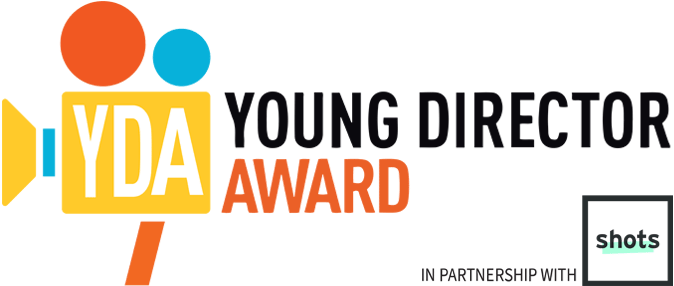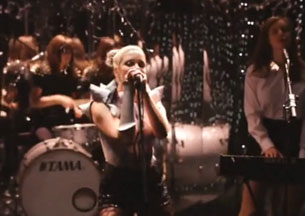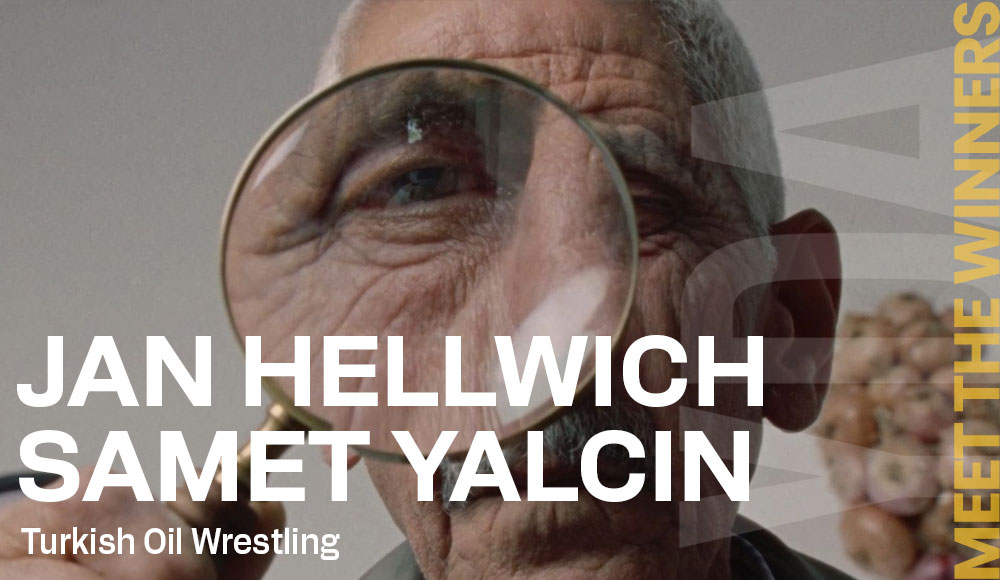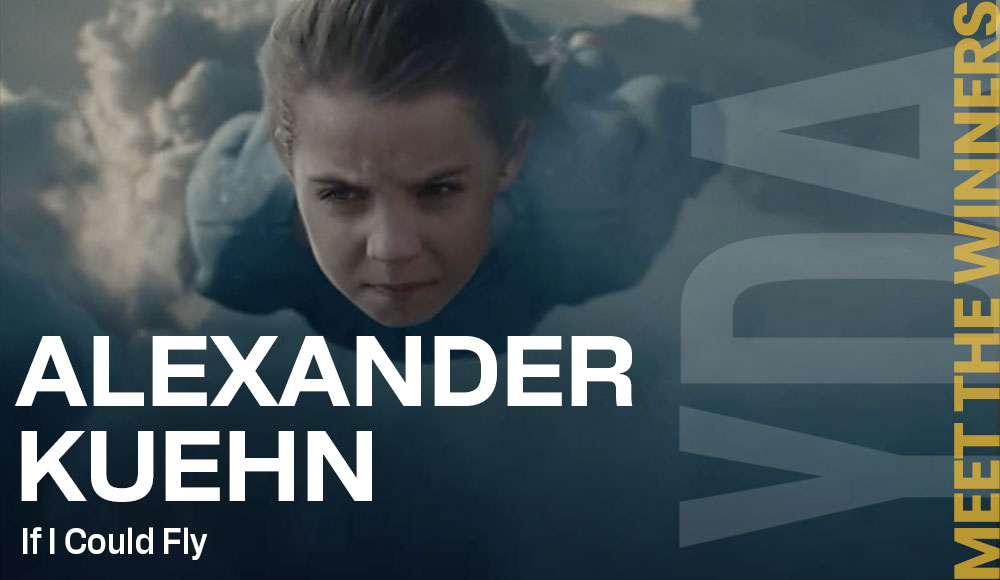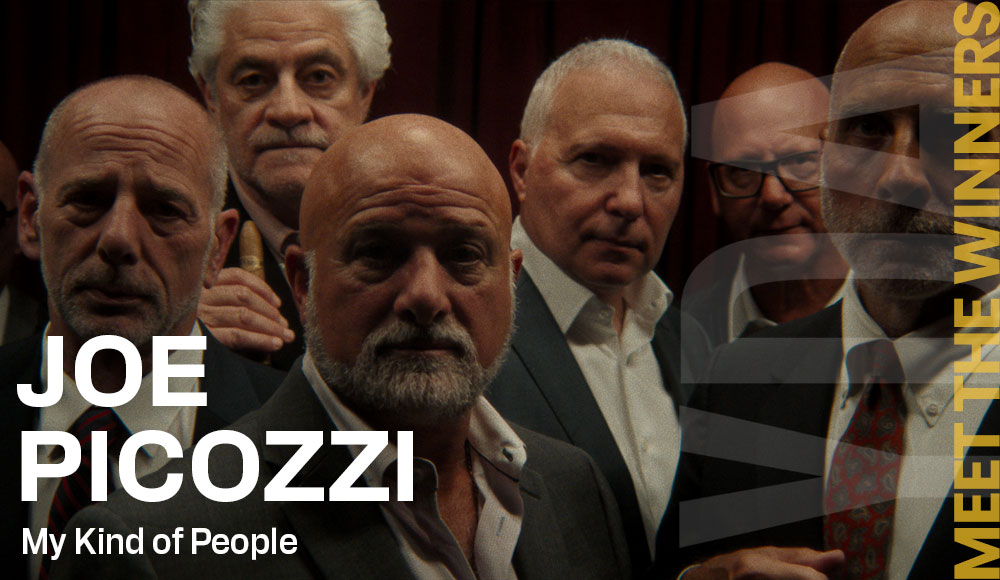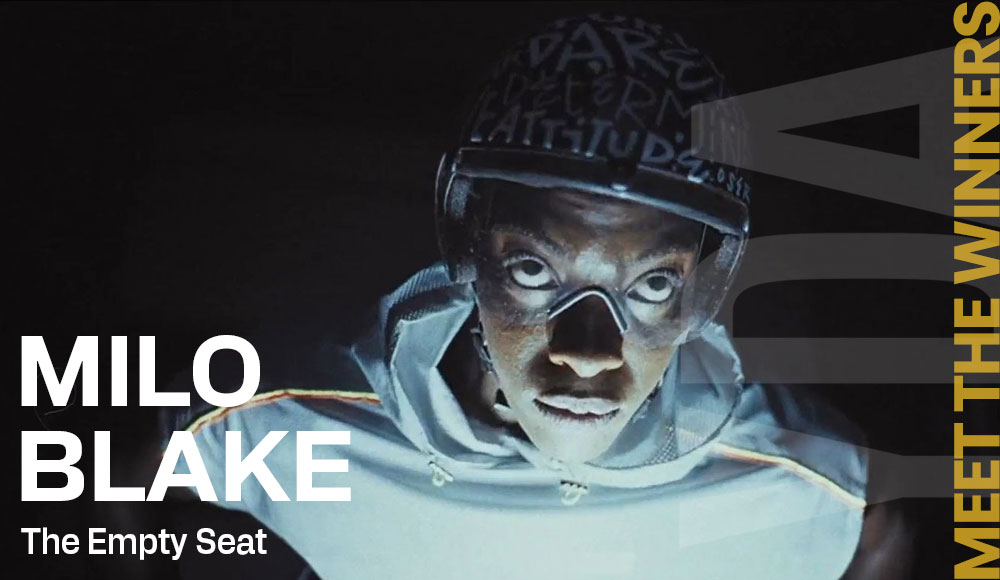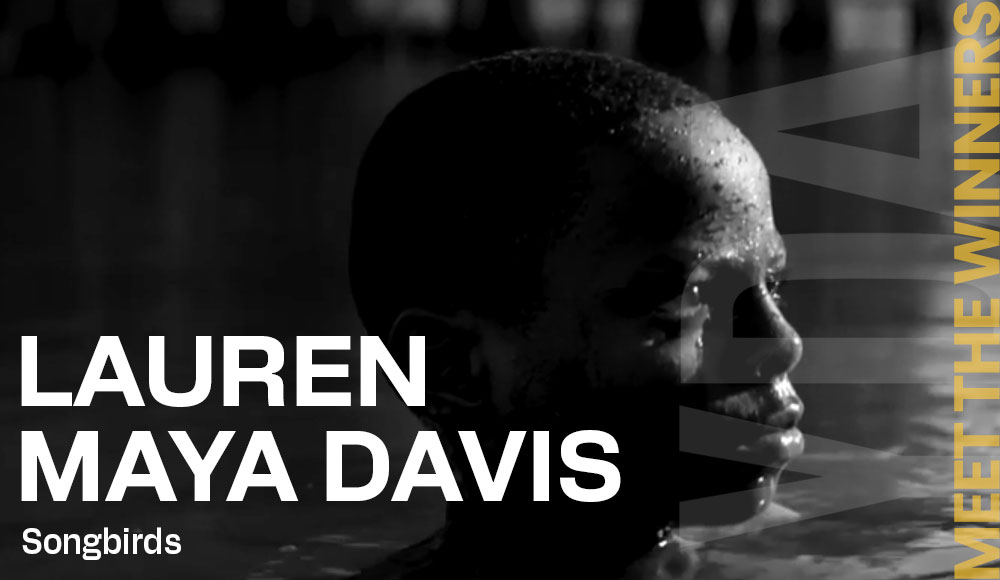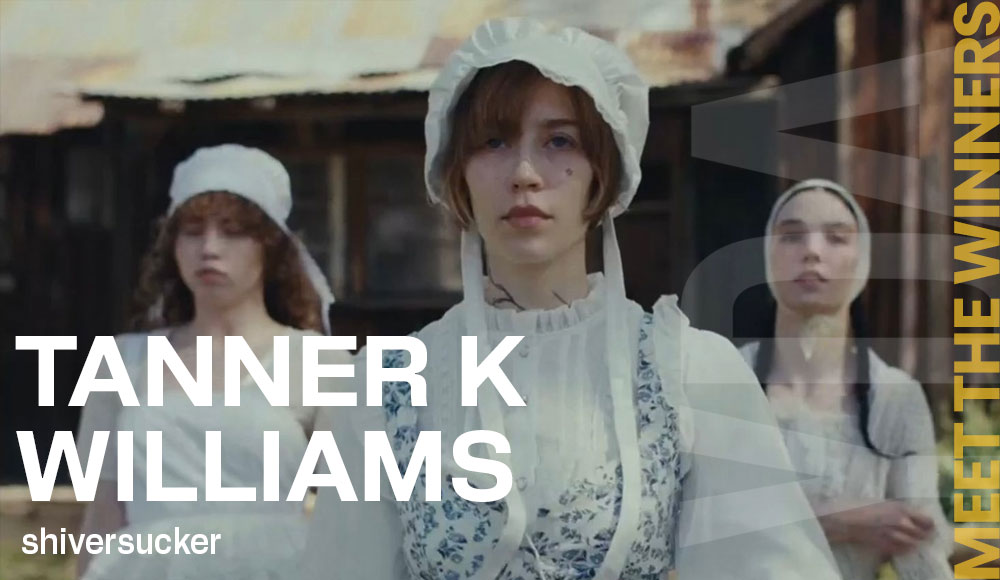There’s something pleasingly synaesthetic about hip prod co Partizan’s new find Jo Apps. After an opera scholarship and a childhood spent geeking out on Cubase, she went on to study at the Guildhall School of Music and Drama and has collaborated with the likes of Patrick Wolf and Lightspeed Champion.
But – as Jo tells Laura Swinton – she wasn’t about to be drowned in sound. She found herself in the cutting room editing promos, and now she’s found a way to mix sound and vision directing music videos for Bryan Ferry, New Young Pony Club and Simian Mobile Disco.
How do you think your editing experience influences your directing? And could you bear to see someone else cut your work?
When I started editing, I was working as an assistant editor, in house at a production company, and I was working on cut-downs of directors work and music TV commercials. I spent a lot of time taking apart other people’s work and re-editing it, which was a fantastic way of seeing how a music video is put together. Learning about how to pace a video, and how to build and structure it was something I found fascinating, and spending that amount of time in front of a screen really trained my eye to notice things like framing and edit points. It also gave me lots of experience in working with clients, which was invaluable!
I’d love to see someone else cut my work – when you look at editors reels, you really notice their difference in styles, and it would be fantastic to see what else someone can do with the same footage.
When and why did you decide to take the plunge from editing to directing? And how did you feel about it at the time?
I’d been editing lots of work for young directors, and as the technology changed, I found there were more and more opportunities for people to do editing or data wrangling on set. As I’d spent most of my working life in dark edit suites, I jumped at the opportunity to see how everything was put together.
At the same time I was getting lots of encouragement from my friends to take the plunge and try directing myself. Word somehow spread, and then one day I got a call from Kate Moross, asking if I was interested in pitching on a video for Simian Mobile Disco with her, as a co-director. We then won the pitch, and immediately started getting to work – and before I knew it, I’d directed my first video. The hardest bit was definitely putting it out there, and wondering what kind of reaction the video would get, but you eventually learn that the joy you get from the creative process far outweighs any possible negative reactions.
I’d say the Bryan Ferry / DJ Hell promo was the video I was most proud of. They were initially looking for an editor with some directing experience and the original brief was to use archive footage of Bryan Ferry and possibly to use some dancers. I submitted a treatment, which eventually got passed on to Bryan, who loved the idea so much that it became his pet project. The video grew and grew, and we went from having three models to five, and Bryan ended up casting all the girls himself. Each girl that got added would mean more wardrobe, and the stylist Nova Dando would have to sew a new catsuit, and find even more outfits to wear, but somehow we managed to get the whole thing done within the original tiny budget. I remember being on set, watching the video come together, and feeling really happy with how far the original idea had come.
Of the videos I’ve seen, your style seems very sharp and stylised. What sort of aesthetics and visual styles appeal to you and what are you trying to achieve with your music videos?
I usually let the track dictate the style of the video – I like to imagine what the artist is trying to convey in the track, and feed off that as much as possible, although juxtaposing that with something completely different can be interesting as well. Both the Bryan Ferry and Simian Mobile Disco tracks were very slickly produced and polished tracks, which lent themselves heavily to an equally slick video.
Has your musical background influenced your editing or filmmaking? Do you still pursue music? And why did you make the change from music to editing anyway?
I was always very geeky when I was younger, and spent most of my time in the Computer labs at school or in the Music department, and when I got home I’d be making music with Cubase on our old Performa 5200 Mac. When I was 16, I got a scholarship to study Opera / Classical singing at a specialist music school called the Purcell School, and they had an incredible electronic music department there, and I ended up holing myself away in their studios. I then got into the Guildhall School of Music and Drama to study electro-acoustic music, but the course wasn’t the Radiophonic Workshop-esque place I dreamed of, and I ended up dropping out to study Audio Engineering, hoping to eventually become a music producer or engineer. But things were still quite backwards then, and I was told by lots of studios I applied to that they didn’t really employ women. Finding myself completely blocked off, I started applying to video / media places instead, and quickly got a runners job, which I worked hard at for 6 months, before getting a break, and being asked to become an assistant editor. I found that the skills I’d learned in using ProTools and Logic, easily transferred over to Final Cut Pro, and it was a job that really fitted in with my nerdy nature. With both, you’re working on a non-linear timeline, carving up material and moving it into what feels like the right place!
Visual media has a lot more constraints, but that I find that really helps the whole process. With videos, you know the factors you’re working with – a musician, the track, the budget, the record label, the managers, strict deadlines, and what equipment you have access to, to make the video. In addition to that, you’re working with a fantastic team, and everyones working towards the same goal. I found making music to be the complete opposite. Without the client, or a deadline, you can work on a track forever, and you’re making it for yourself, so the whole process can get very insular.
Although, I always found when working with music, I was trying to soundtrack a picture that was in my head, and with video, it’s been more about creating a picture to match the soundtrack – so I’m using the same parts of my imagination really.
To find out more go to the Partizan website – or check out Jo’s own website here.
